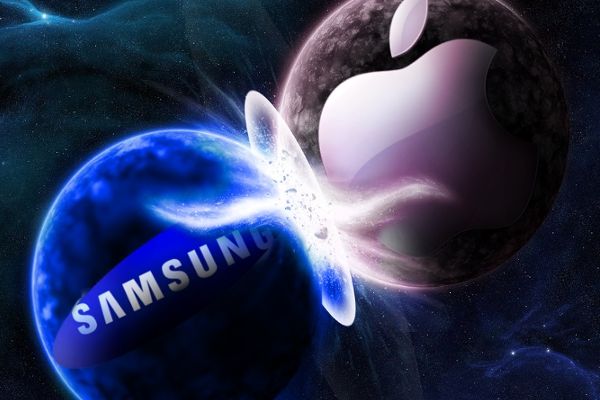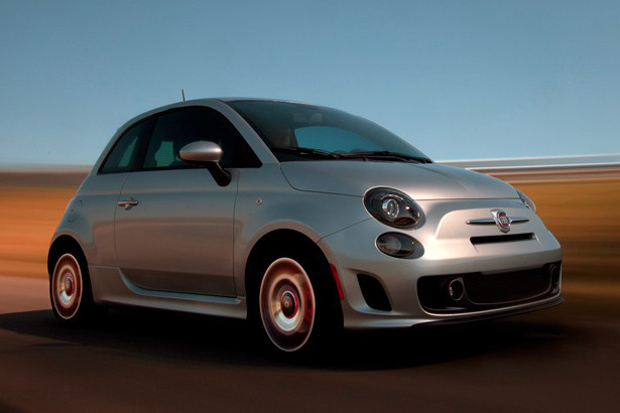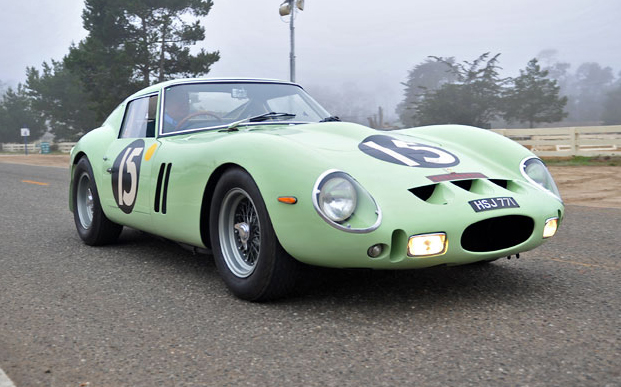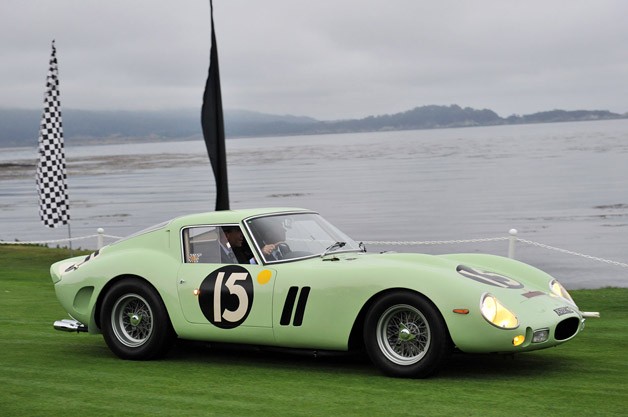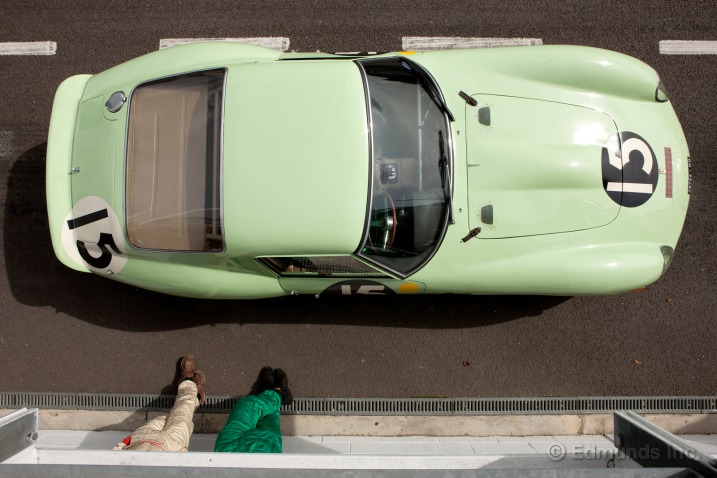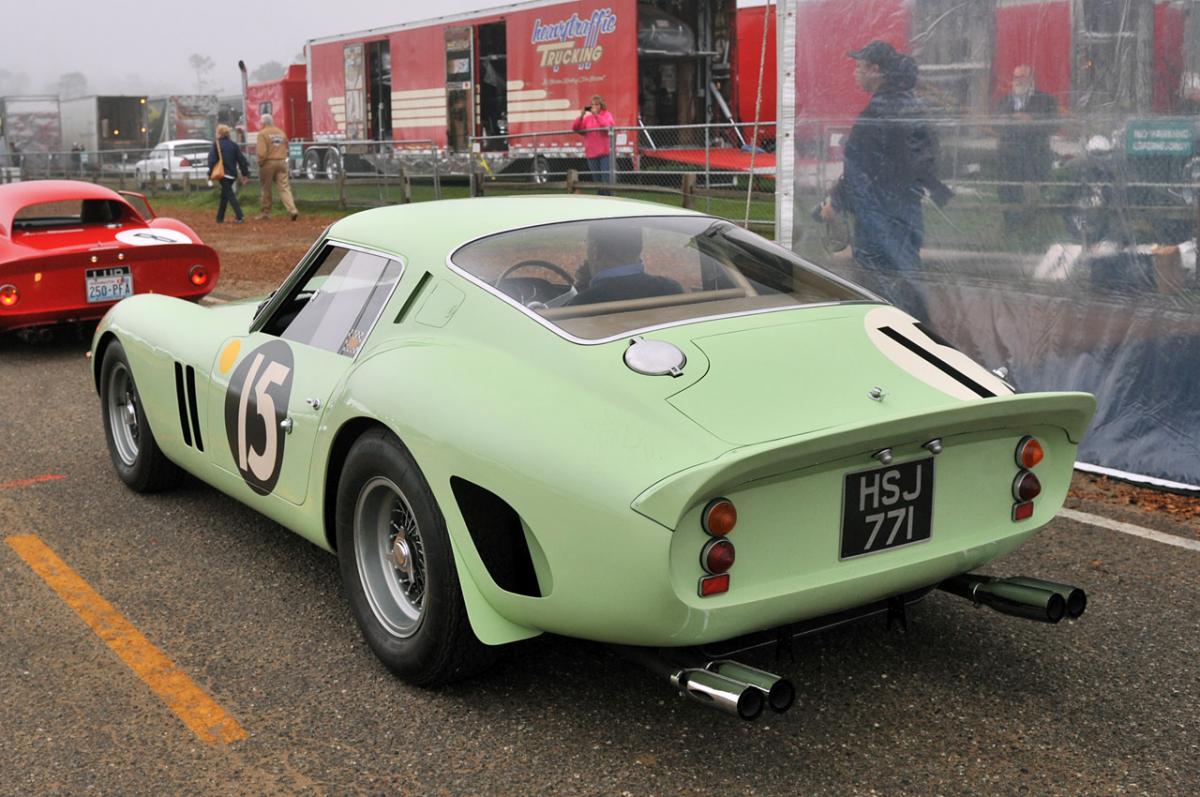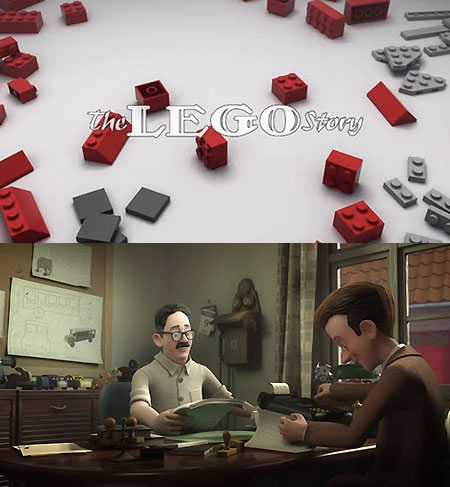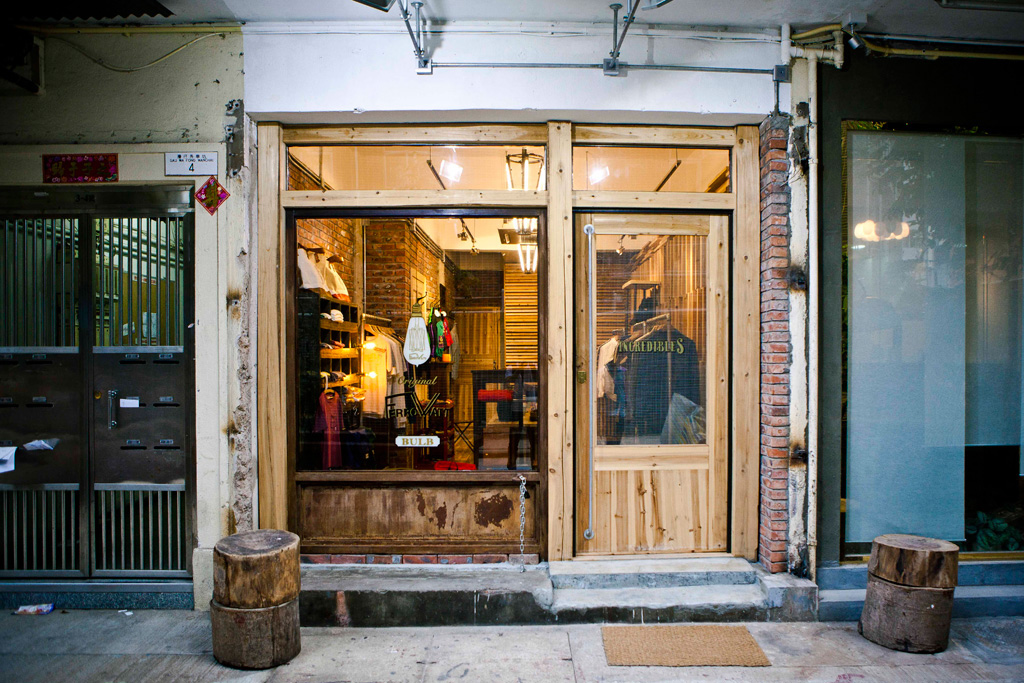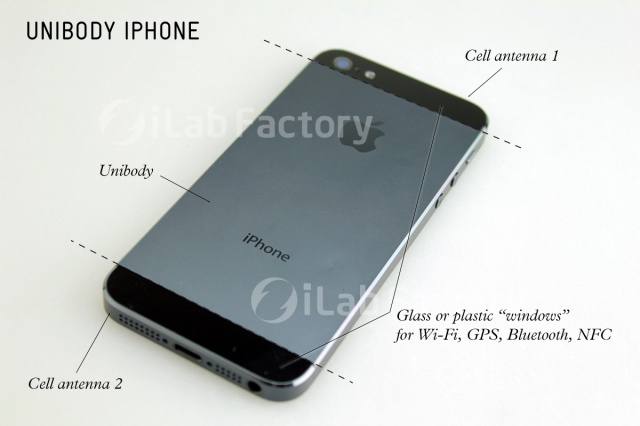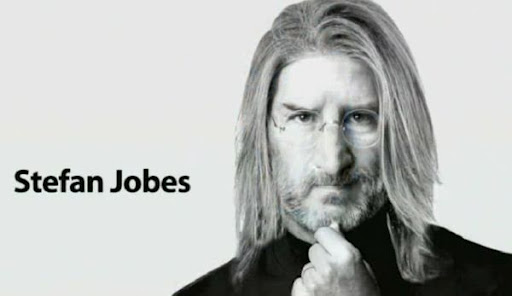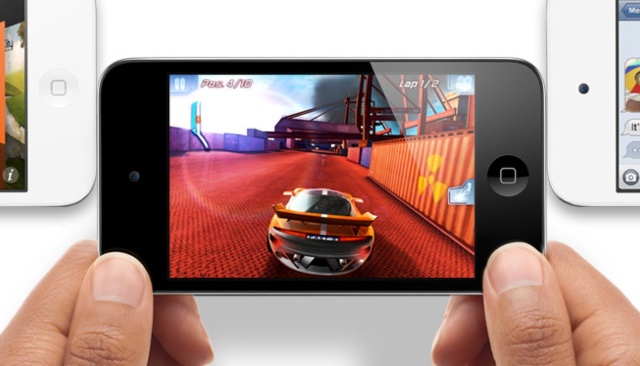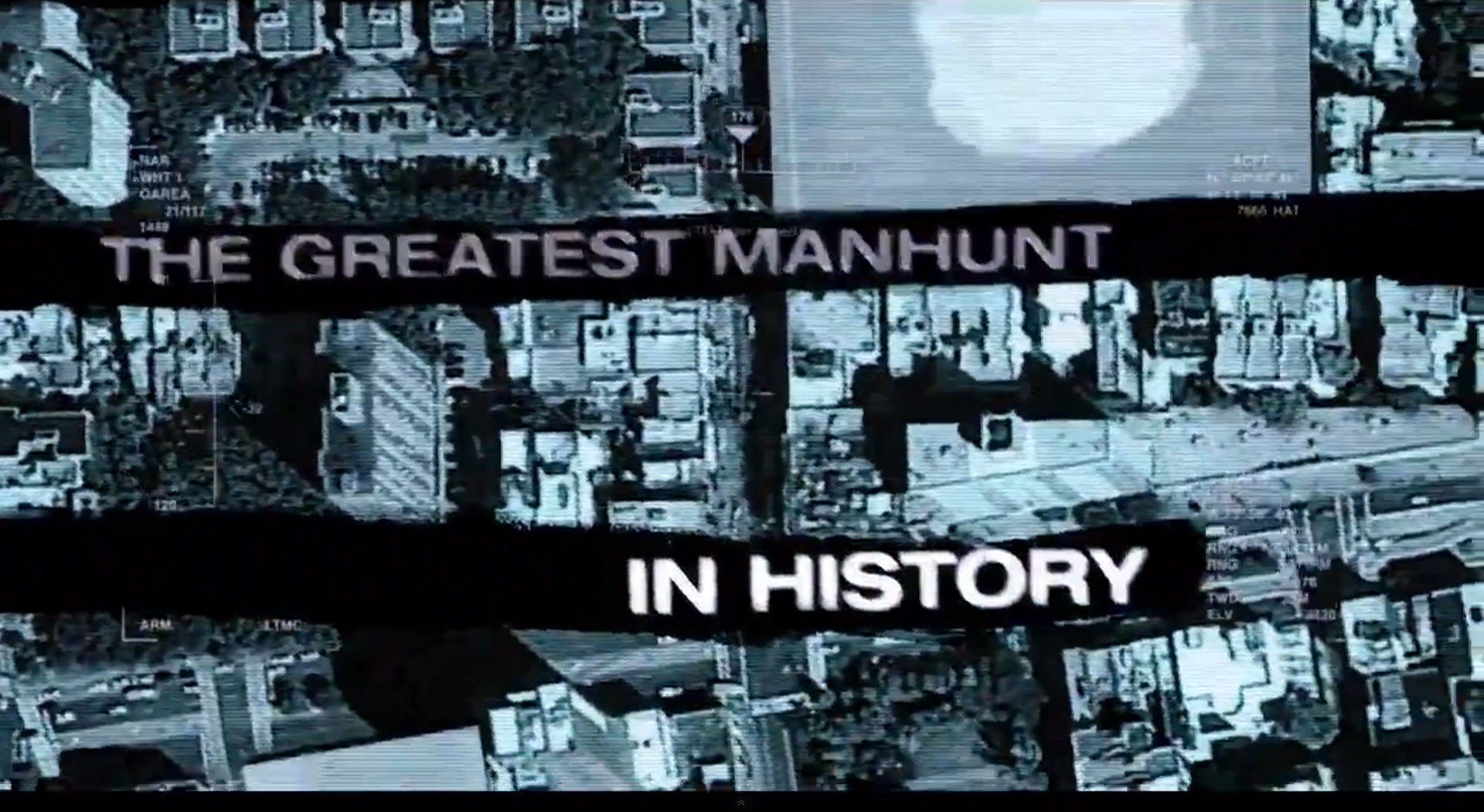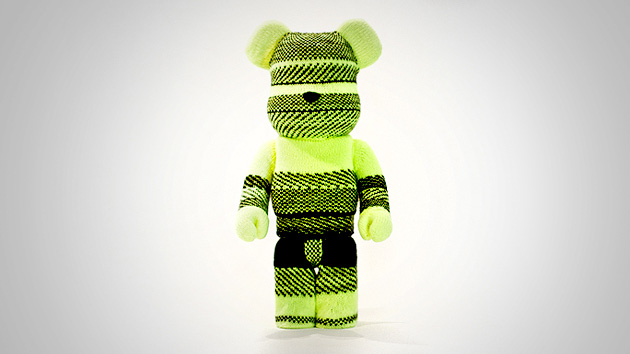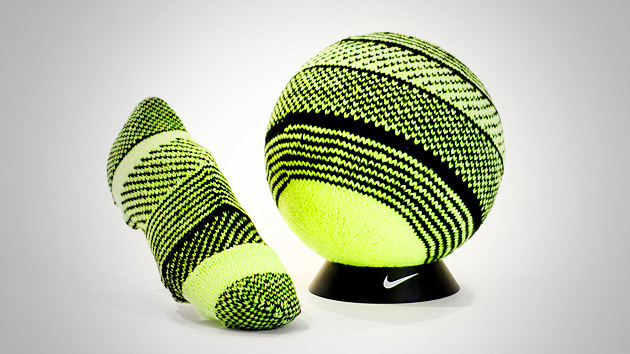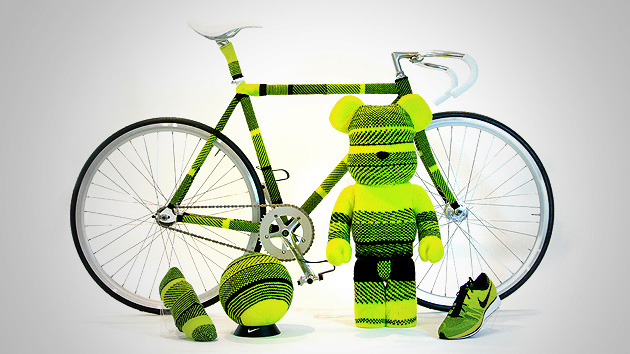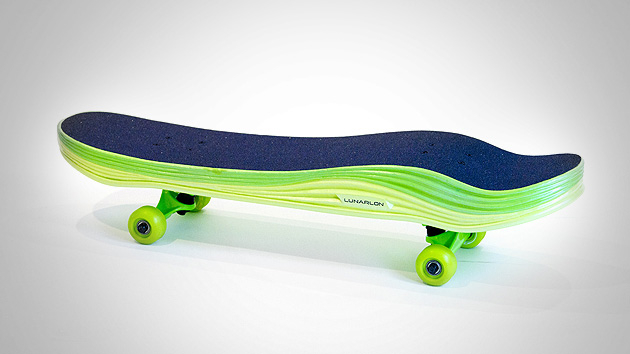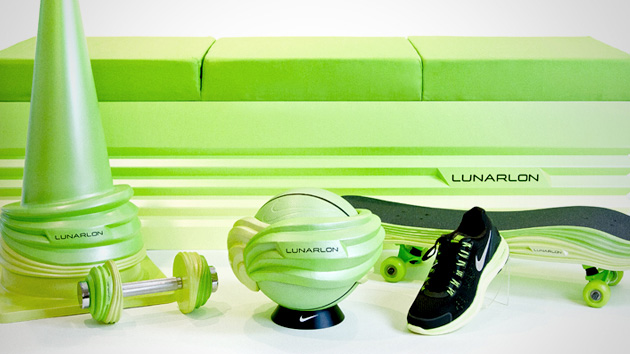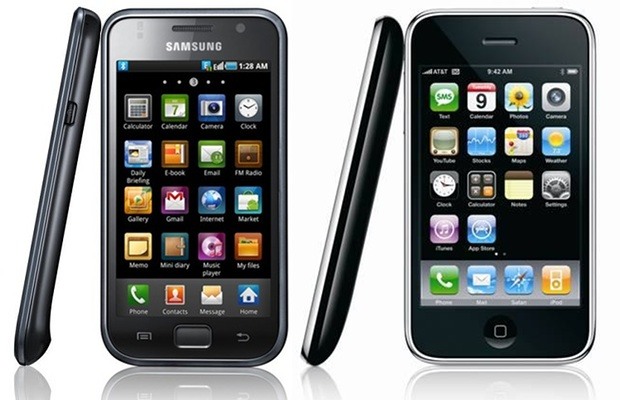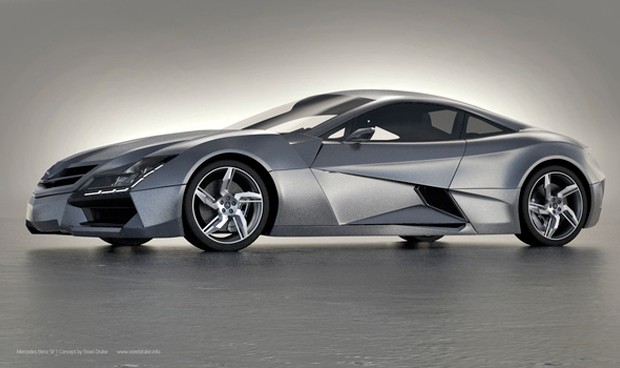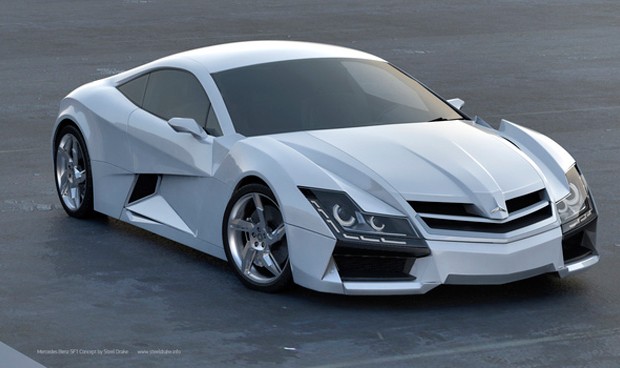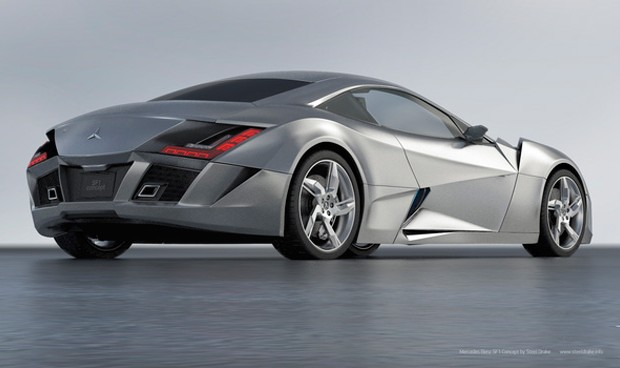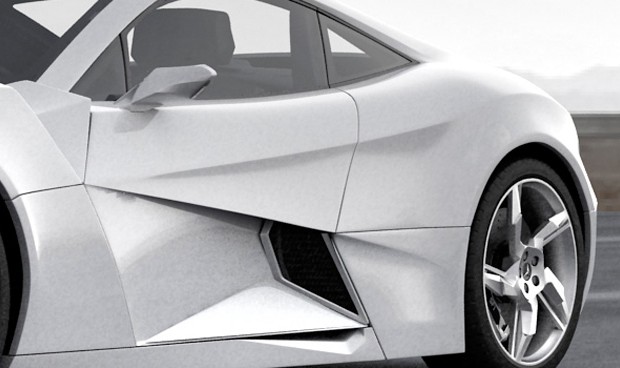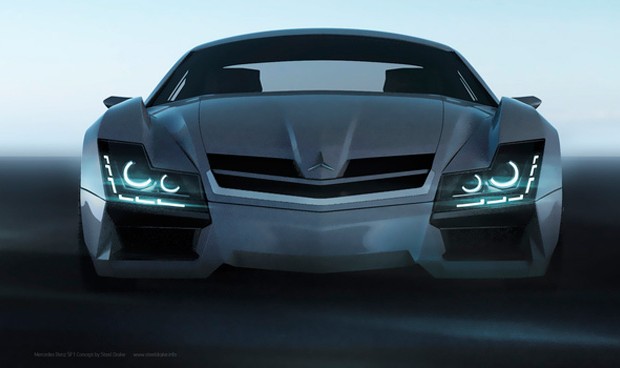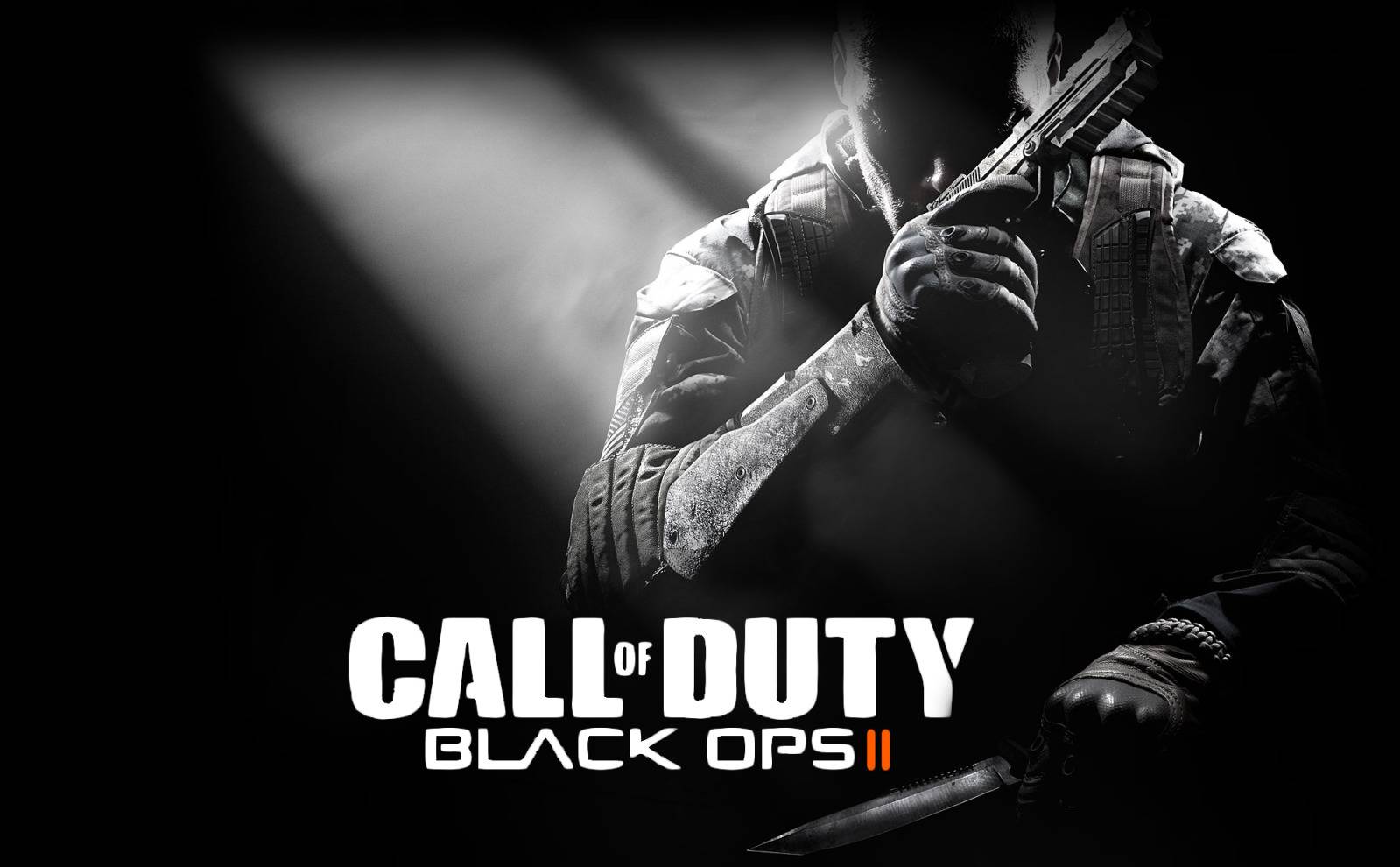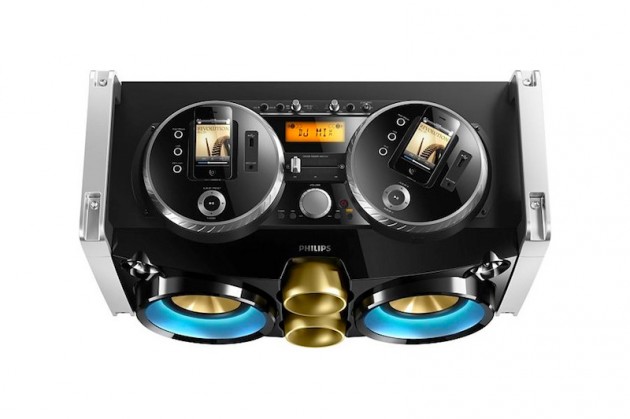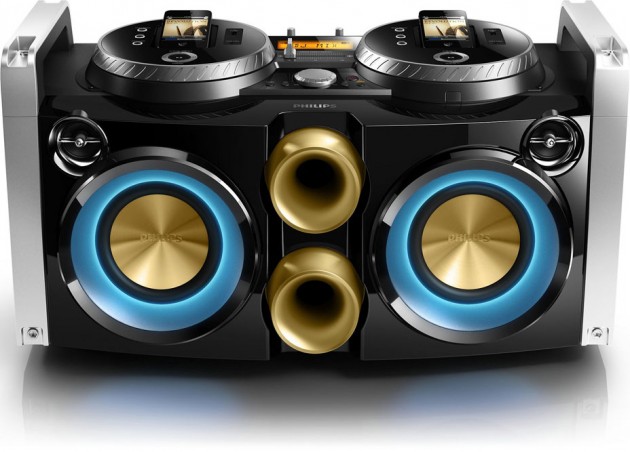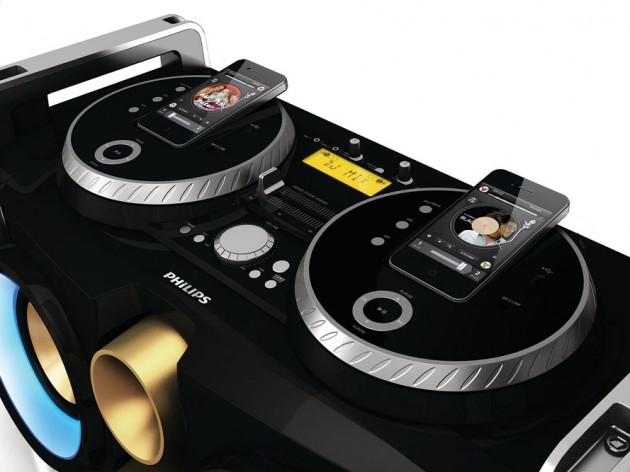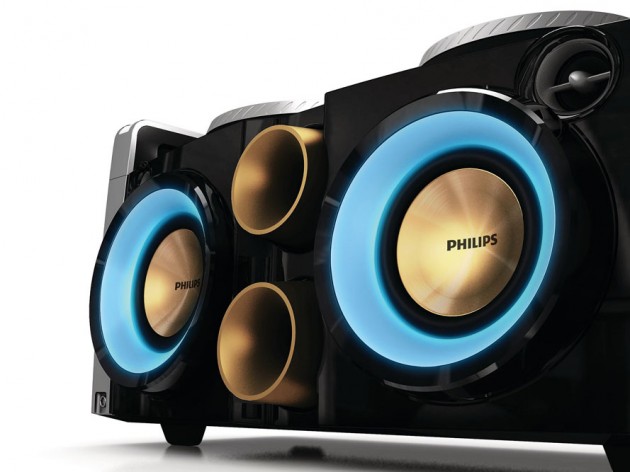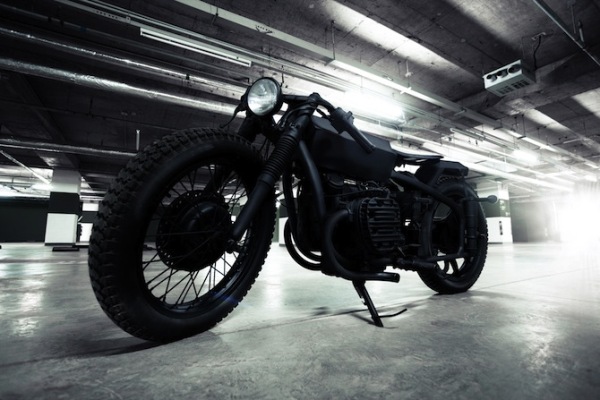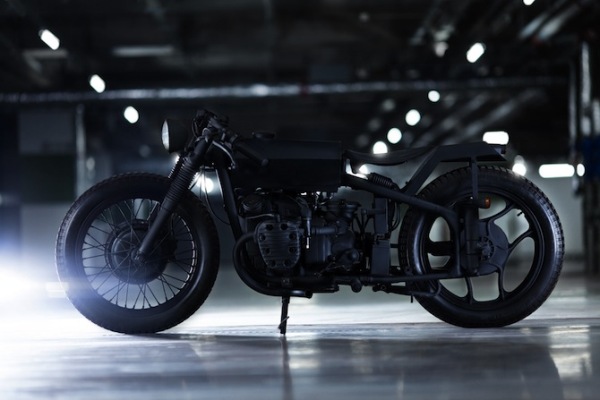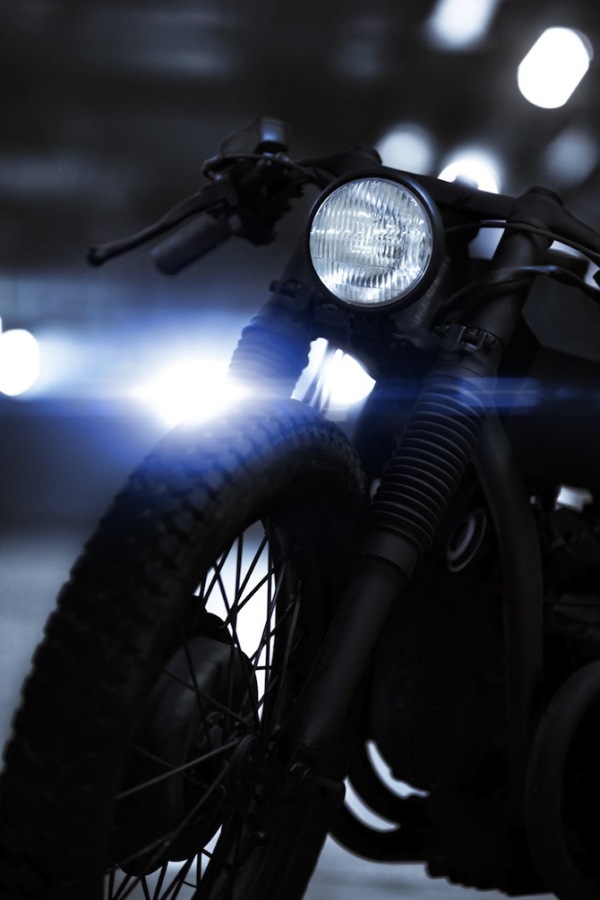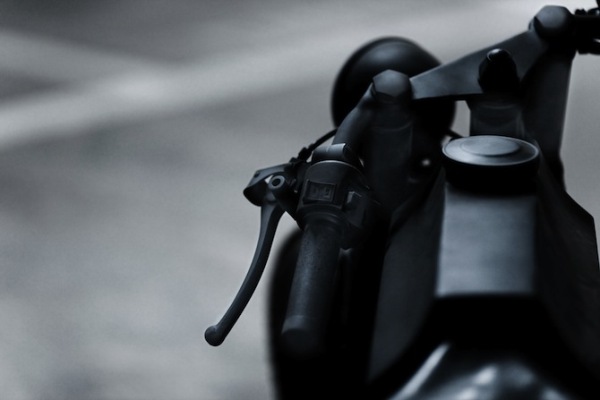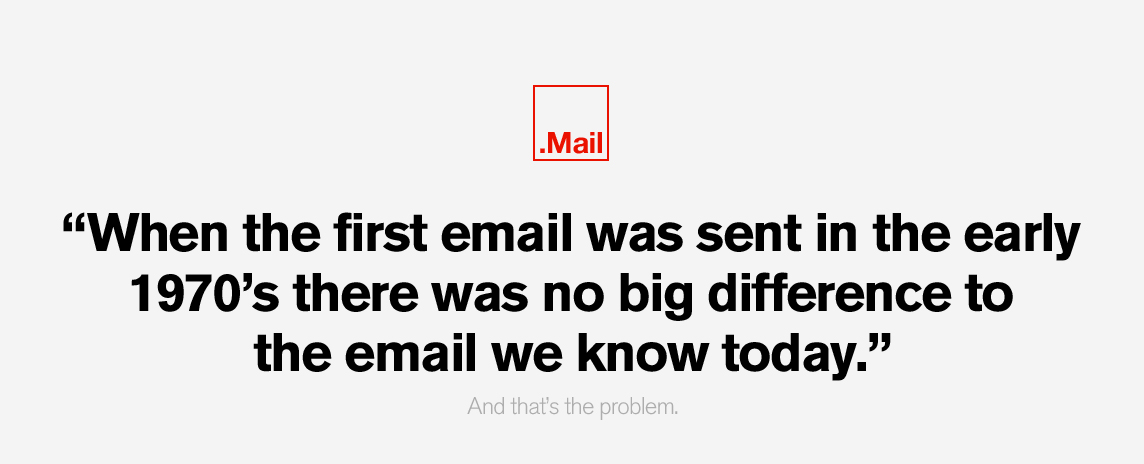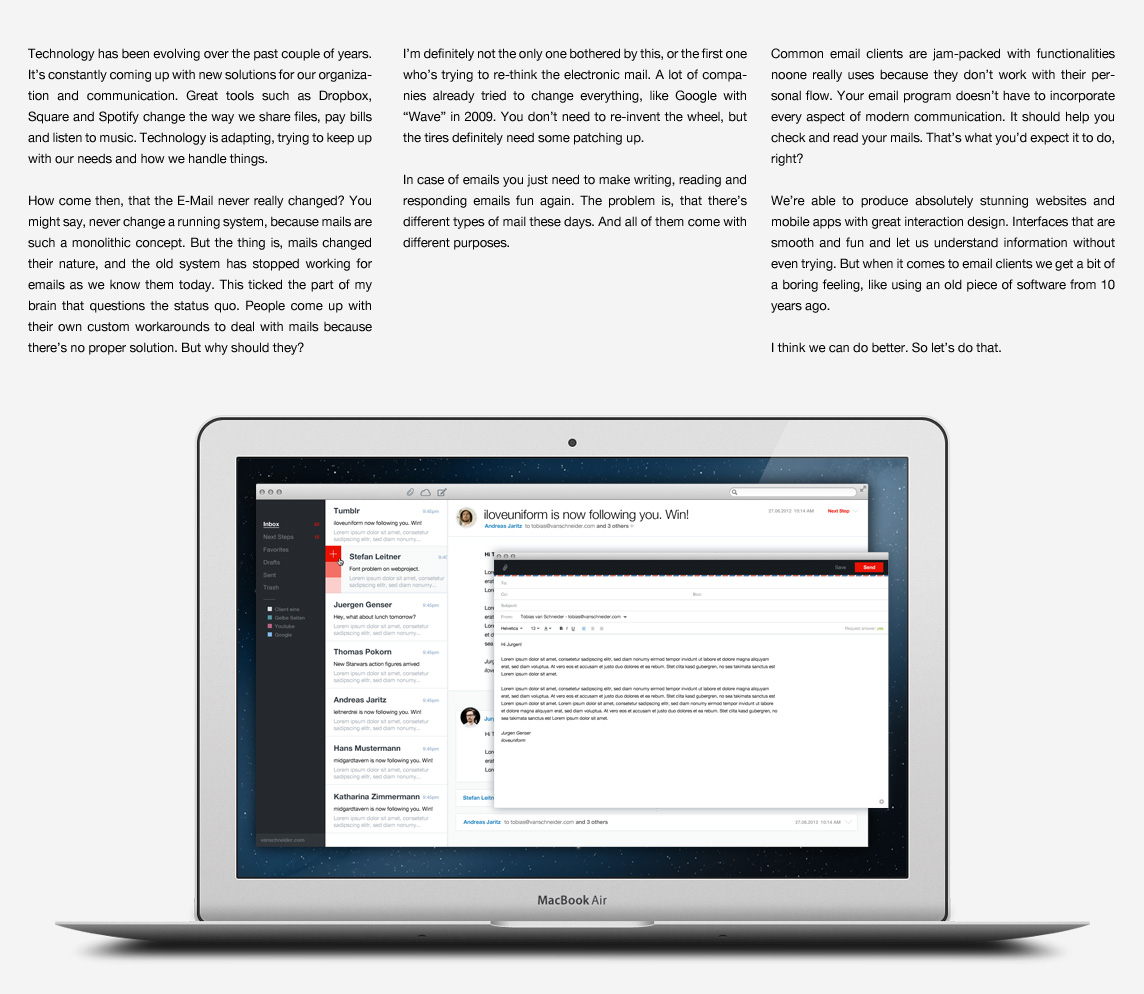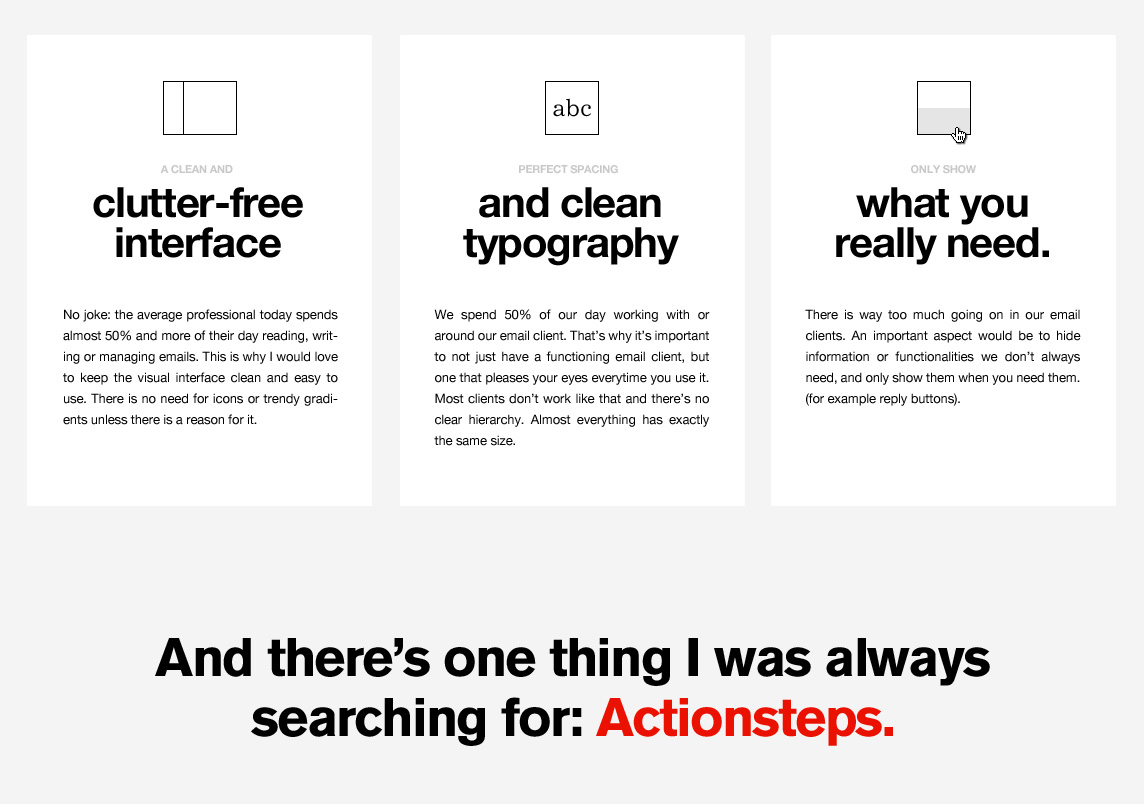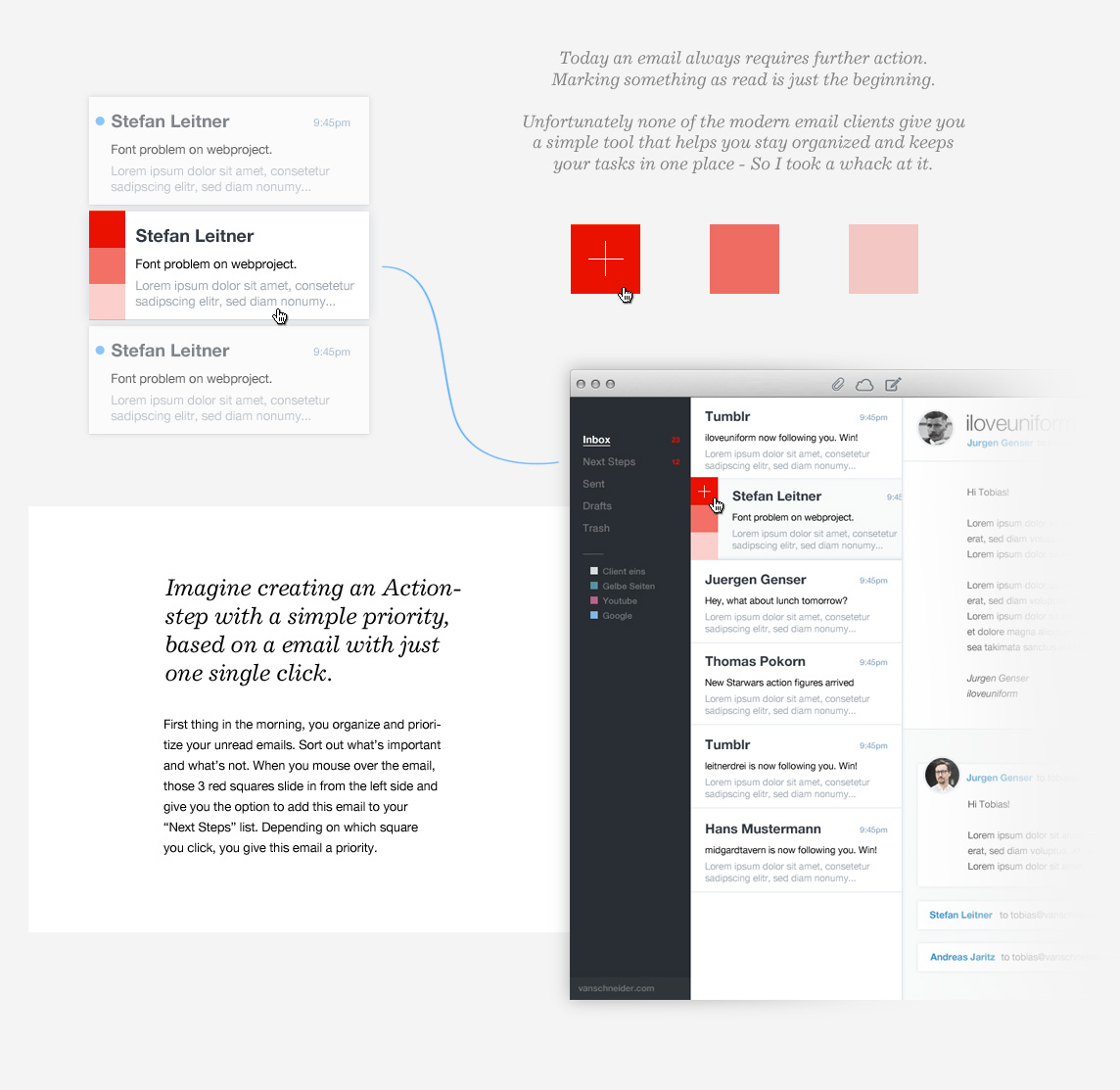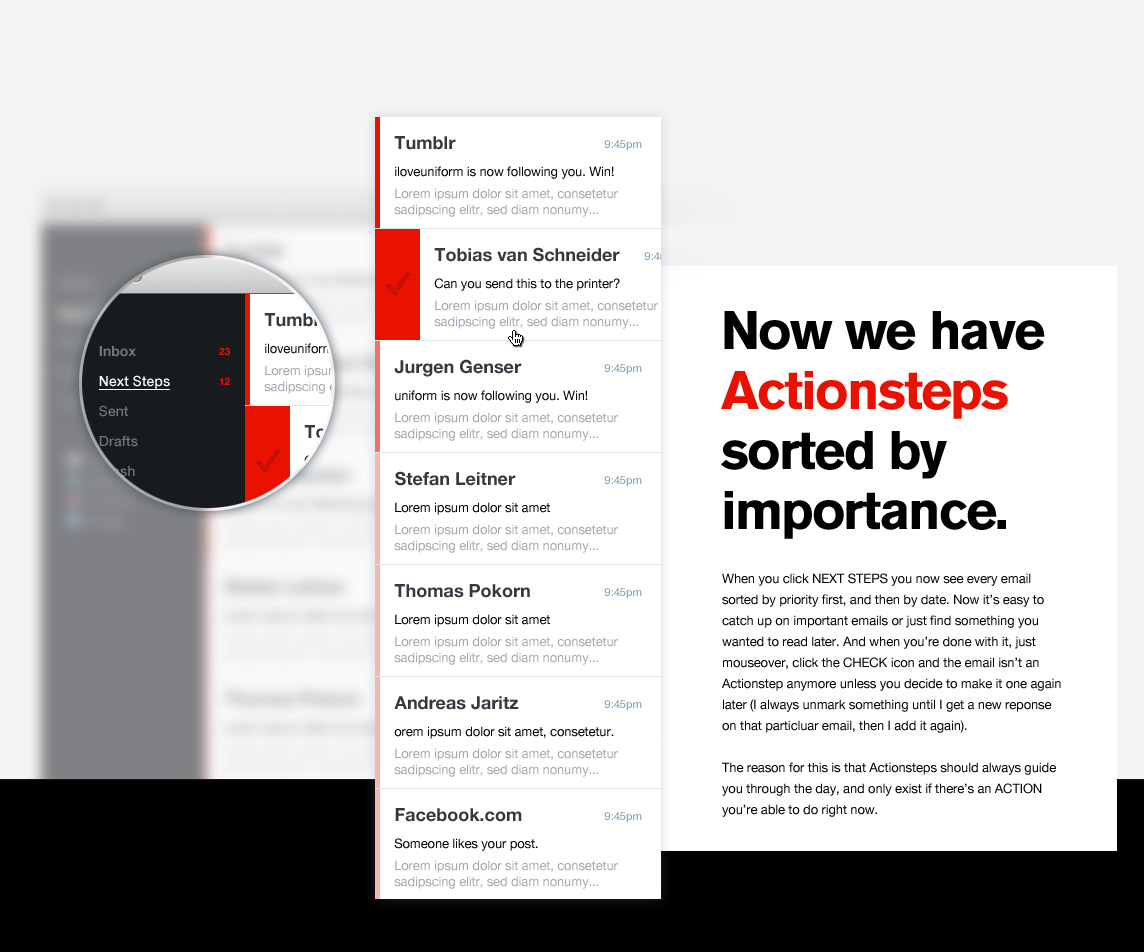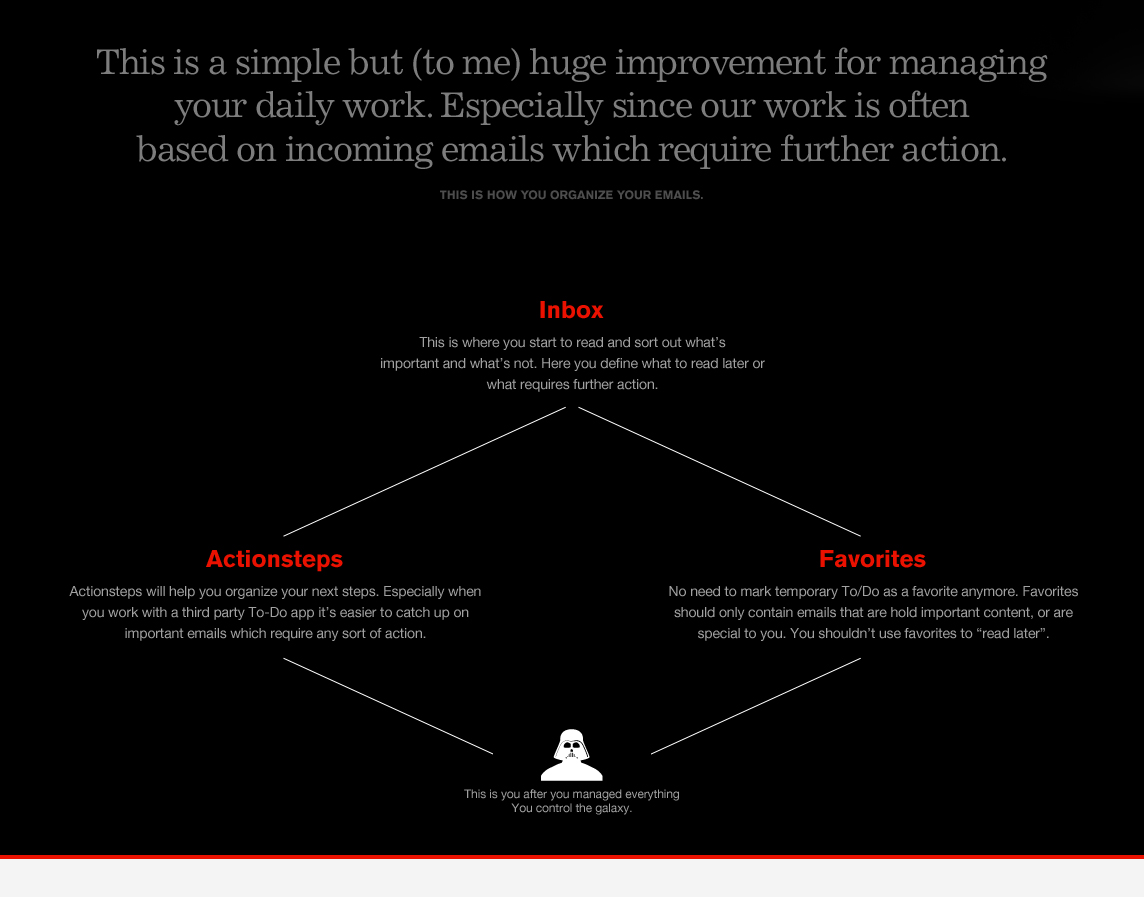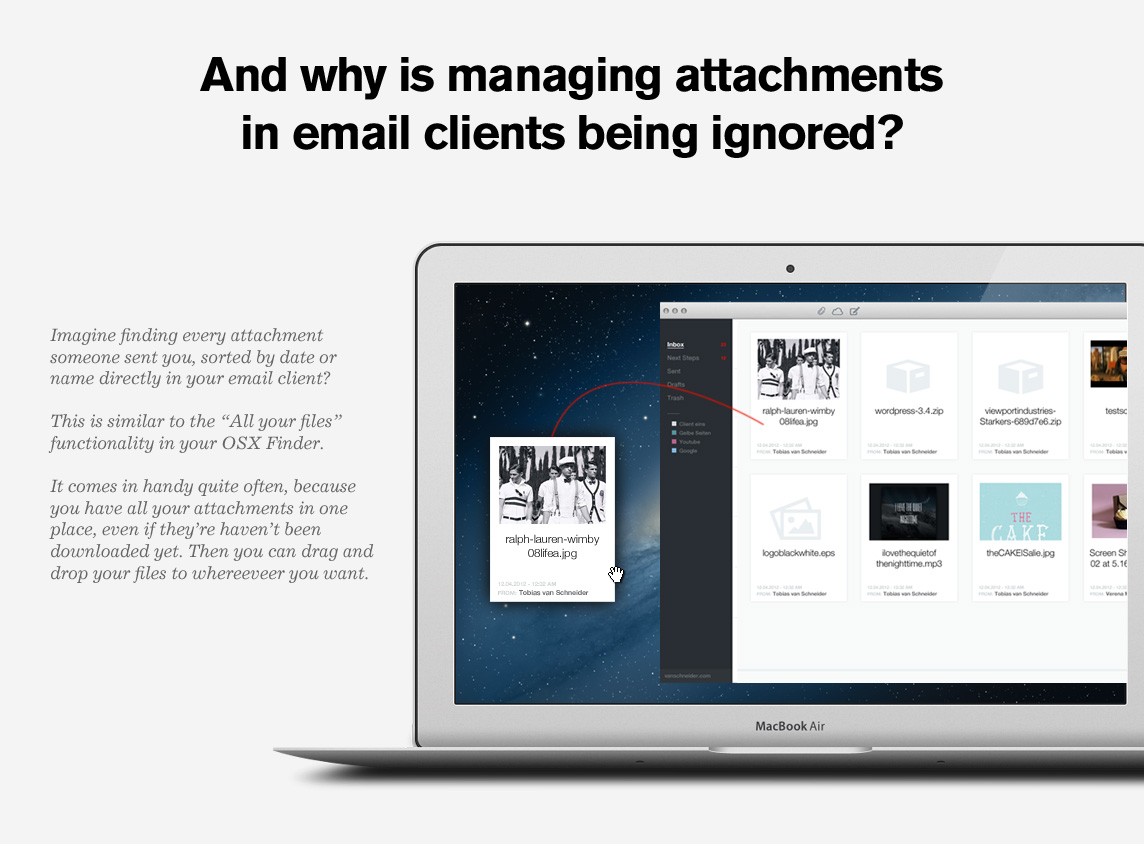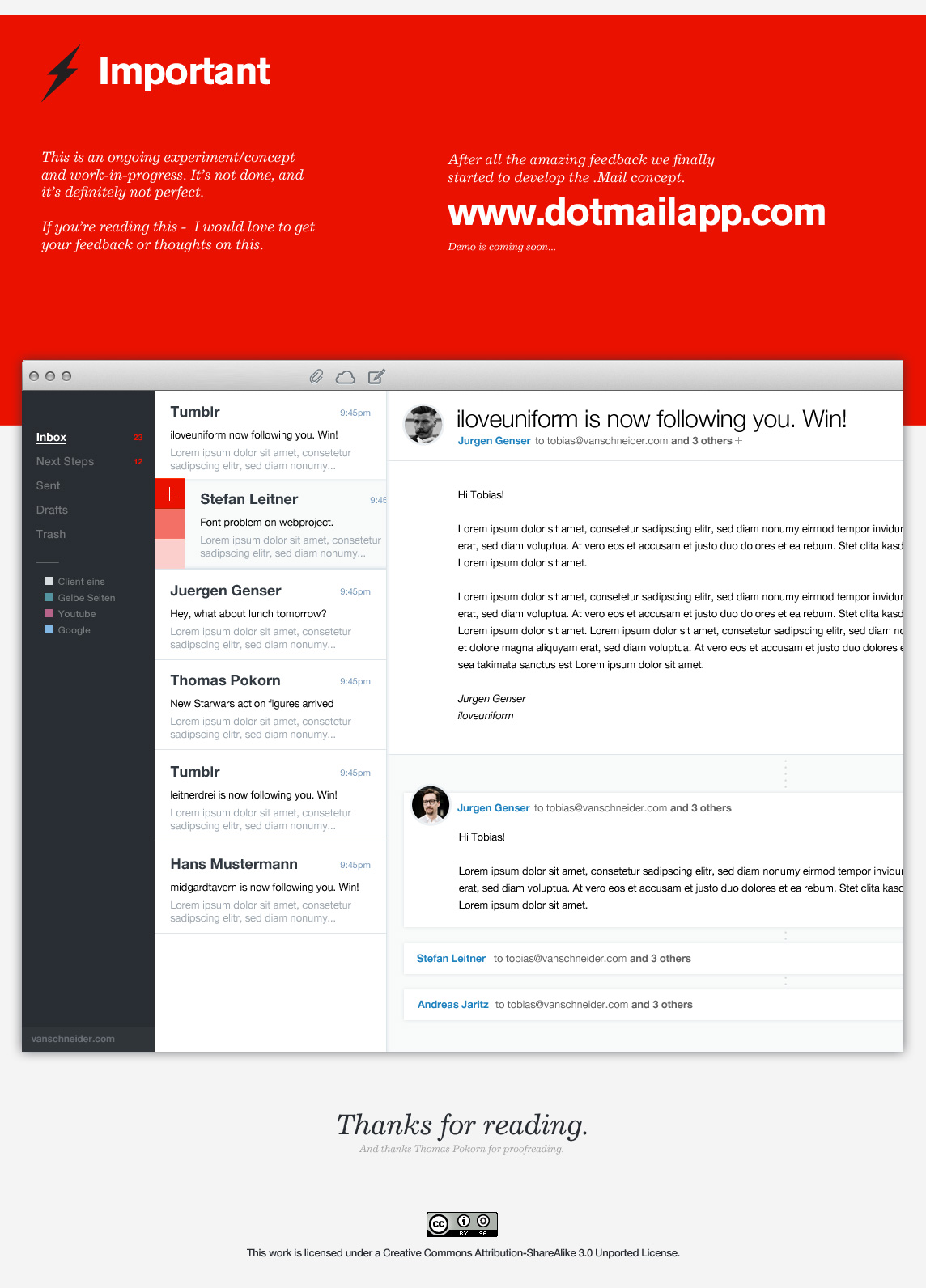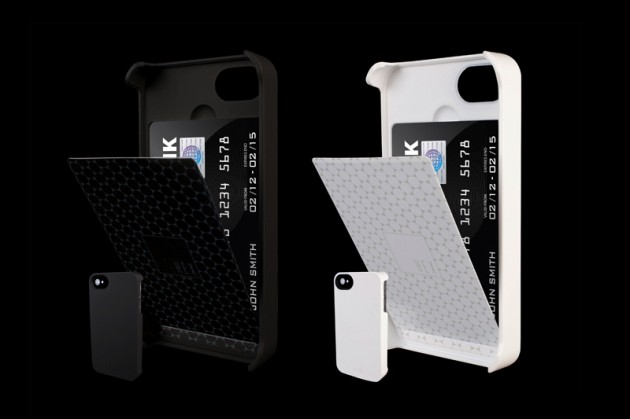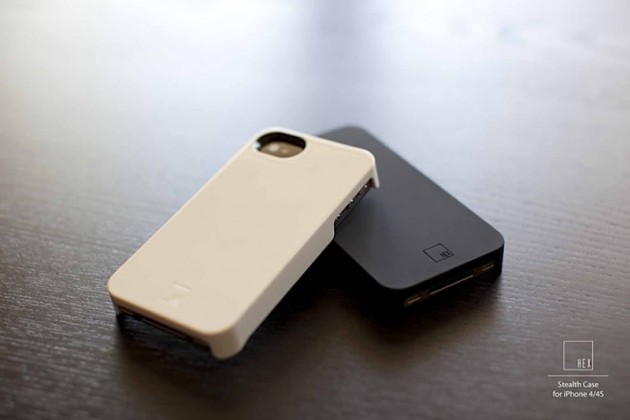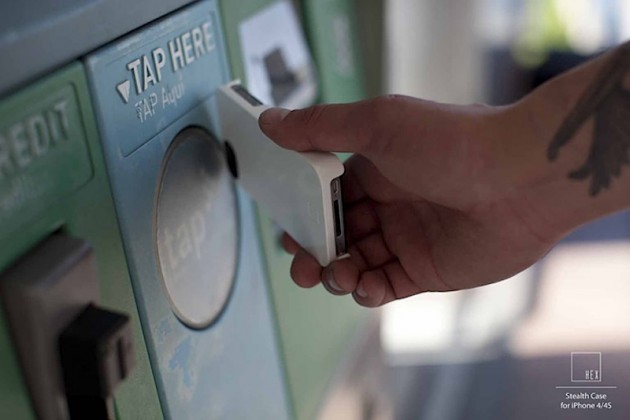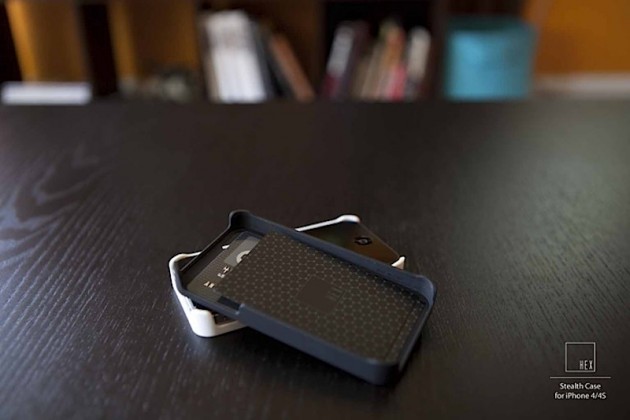Category Archives: TECHNOLOGY
Apple-Samsung Trial Verdict: Apple Wins Big, Jury Awards Apple $1 Billion Plus
Cult of Mac Article –
In a surprisingly quick judgement, the jury in the Apple-Samsung trial found Samsung infringed several of Apple’s patents and awarded the Cupertino company more than $1 Billion in damages.
Here are the decisions:
– On the question of patents on the bounce-back technology featured in Galaxy line of smartphones immediately following the launch of the iPhone, Samsung is liable.
– On the question of pinch-and-zoom technologies, mostly based on one-and-two fingered control, the jury finds Samsung is guilty. Not all of the phones and tablets have been tagged as liable but many of them. (The damage figures could be huge.)
– On the question of tap and zoom technologies, Samsung is guilty. There are fewer devices dinged.
– Jury finds Samsung should have known that its divisions were enabling infringement actions.
– Jury finds Samsung DID NOT infringe iPad patents. That’s one on the column for Samsung.
– On the question of UI, mostly based on the iconography of the front screen of the iPhone, the jury finds Samsung guilty.
– This might be the biggest one so far: On the question of willfulness on most of the infringement of patents, the jury finds Samsung guilty as well.
– The jury ultimately upholds most of Apple’s patents. Samsung is barred by “patent exhaustion” from using patents 516 and 941. In the original instruction form Apple denied “infringed claims asserted by Samsung” and argued claims asserted by Samsung were invalid. The jury agreed.
– The jury decides against awarding Samsung any damages. Zero.
– The jury finds Samsung did not break Apple’s anti-trust exception.
– After reviewing the verdict, Judge Koh noted discrepancies that wrongly gave Apple more money than it deserved. The first is a judgement on the Galaxy Tab. There was no infringement for the Tab patent but the jury had given more than $200,000 in damages. A second problem involved a trade dress judgement, which involves more than 2M dollars. Considering the judgement leveled more than a Billion dollars upon Samsung, a 2M dollar saving is strictly irrelevant.
The final damage amount is $1,049,343,540.
DAMAGES AWARDED TO APPLE PER PHONE
Samsung Prevail: $57,000,000.00
Samsung Infused: $44,792,974.00
Samsung Replenish: $3,350,256.00… more to come.
–
The jury has reached a verdict in the Apple-Samsung trial and we’ll update with comments from reactions from tech luminaries from around the web.
2013 Fiat 500 Turbo
Autoblog Article –
The big change worth talking about is under the hood where Fiat has employed a detuned version of its 1.4-liter MultiAir turbocharged inline-four, good for 135 horsepower and 150 pound-feet of torque. That represents increases of 34 and 52, respectively, over the standard 500, but falls 25 hp and 20 lb-ft short of the mighty Abarth. That grunt is matched with a five-speed manual transmission, and specific performance enhancements include a sport suspension, better steering calibration (to be fair, we’ve heard that one before with the Abarth), stiffer shocks and upgraded brakes. Sounds potent. And we certainly hope that the Turbo’s sport-tuned exhaust delivers the same sort of throaty growl that we’ve fallen in love with on the Abarth. (In case you forgot, head over to our First Drive and hit the play button on the video to hear that superb exhaust note.)
Visually, the Turbo is set apart from base models with the addition of a unique aero kit and smoked-out headlamps. Inside the cabin there are sport seats, a leather-wrapped steering wheel and shift knob, and optional heated leather seats. The coolest interior feature, however, is that the 500 Turbo will employ theChrysler Group’s Beats by Dr. Dre audio system. Good, since the standard stereo in the 500 is, well, not good.
The 500 Turbo goes on sale this fall priced from $19,500,
Original Nike Air Bag Patent Drawings

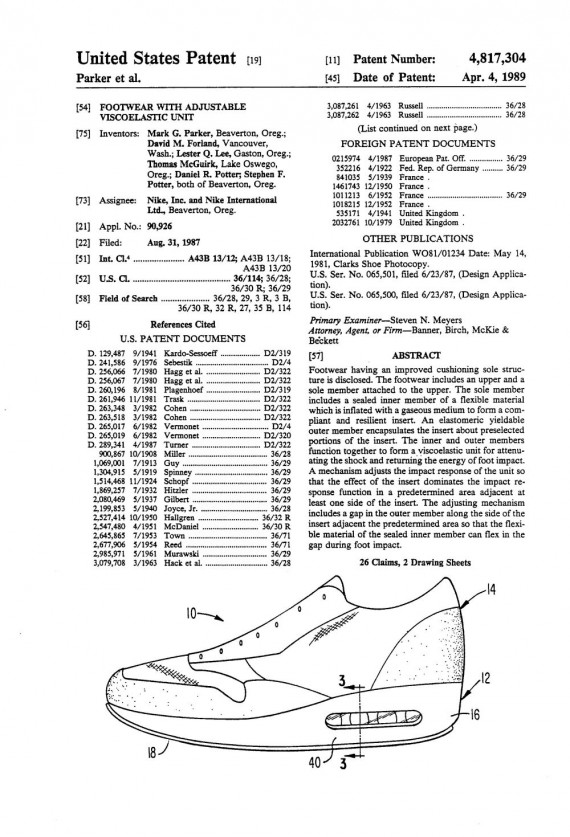
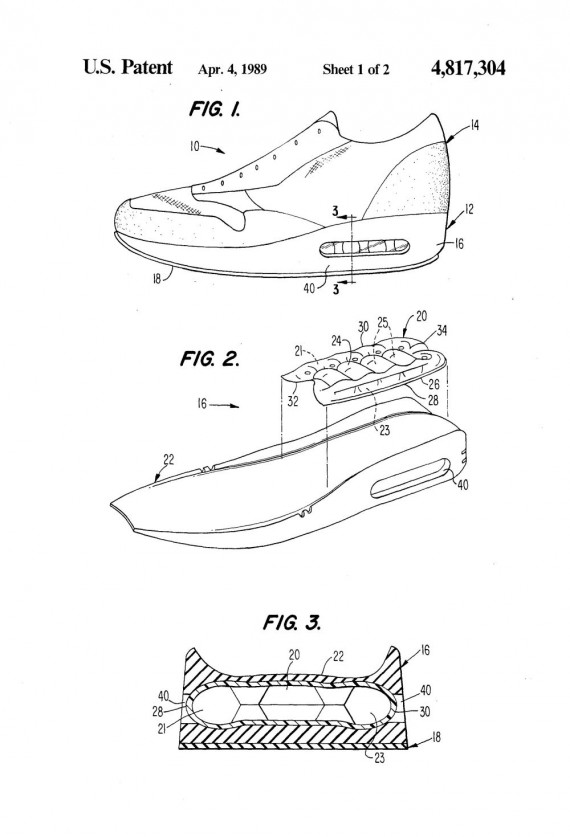
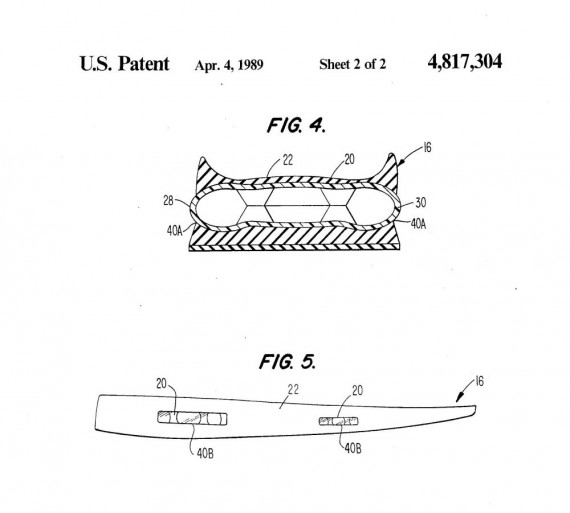
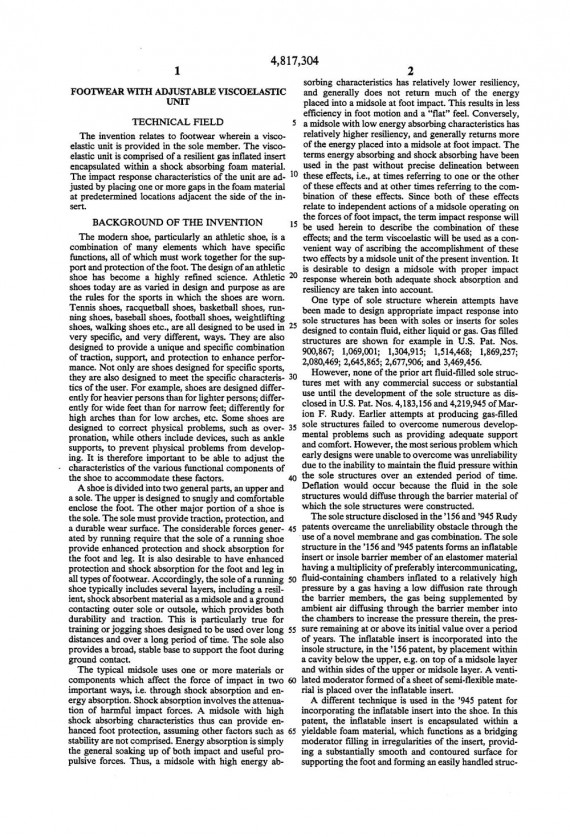
 1987 was a big year for Nike by all accounts. We were reminded of that just a bit during this 25th anniversary with bringbacks like the Nike Air Safari, but one no doubt more momentous model from that pivotal year has been relatively quiet. That model is the Nike Air Max 1, the Tinker Hatfield designed masterpiece that first introduced the world to the concept of Visible Air which has stayed stuck on the bottom of countless sneakers ever since. And yeah you’ve heard the stories of Tinker’s travels out to France and the skeletal structure of the Pompidou Centre that inspired its bare-all design, but have you seen the building blocks that got the Air Max technology on shelves?
1987 was a big year for Nike by all accounts. We were reminded of that just a bit during this 25th anniversary with bringbacks like the Nike Air Safari, but one no doubt more momentous model from that pivotal year has been relatively quiet. That model is the Nike Air Max 1, the Tinker Hatfield designed masterpiece that first introduced the world to the concept of Visible Air which has stayed stuck on the bottom of countless sneakers ever since. And yeah you’ve heard the stories of Tinker’s travels out to France and the skeletal structure of the Pompidou Centre that inspired its bare-all design, but have you seen the building blocks that got the Air Max technology on shelves?
We have. Pictured here is the original patent request for the innovation, described at wordy length without title we know it by today (Although we appreciate the switchup-Nike Viscoelastic Unit Comprised Of A Resilient Gas Inflated Insert Within A Shock Absorbing Foam Material just doesn’t doesn’t have the right ring to it). Interestingly enough it’s not Tinker’s name on the patent papers but first and foremost that of another powerful Nike name: Mark Parker. Click through with us to check out the original sketches that built a legacy of so many sneakers afterwards, complete with the original rationale for the Nike Air Bag that serves as a reminder that once upon a time your Nike Air Max 1′s and the like truly were state of the art and intended for the purposes of running.
Ex Stirling Moss Ferrari GTO sold for $35 million
A 1962 Ferrari 250 GTO made for race driver Stirling Moss has become the world’s most expensive car, selling in a private transaction last month for $35 million.
The distinctive apple-green Ferrari, one of 39 GTOs produced from 1962 to 1964, is listed among May’s high-end sales atanamera.com, a website for classic car dealers. Two specialist traders last night independently confirmed the transaction and price to Bloomberg News.
The car was sold with the last two weeks by the Dutch-born businessman Eric Heerema, owner of the Nyetimber vineyard in Sussex, southern England. The buyer is U.S.-based classic car collector Craig McCaw, the dealers said. Heerema was not available for comment when Nyetimber was contacted by Bloomberg News. McCaw was also unavailable for comment when his company Eagle River Investments was telephoned.
“The market is very active at the moment,” said James Cottingham, acquisition consultant for Ferrari dealer DK Engineering, based in Hertfordshire, U.K. “A lot of new buyers are expanding their collections and the baby-boomer generation of collectors has reached an age when they’re not using their cars as much as they used to. They want to sell.”
McCaw, who is based in the Seattle area, was the co-founder of McCaw Cellular, which was acquired by AT&T for $11.5 billion in 1993.
The LEGO® Story
As The LEGO Group celebrates its 80th Birthday, we take a look back at its history with this short animated film.
The Dawn of the New Retailer: Retail’s Changing Model
Hypebeast Article –
You certainly won’t find today’s most remarkable or valuable retail stores at your local mall.
It all started with the success of Gilt Groupe a few years ago, the entity that took the concept of sample and flash sales online. The past few years have seen the rise of local coupon or group-buying sites, likeGroupon, LivingSocial, and TeamBuy. Meanwhile, in the physical landscape, fast fashion retailers like Zara and H&M are dominating; in fact, Zara already overtook GAP a few years ago to become the world’s largest retailer.
The major beef with Zara is quality. Even though this vertically-integrated company has been crushing sales, its reputation has suffered quietly for its less-than-durable goods and at times plagiarized designs. Zara is looking at methods of growth right now; the fast, aggressive expansion that they’ve been known for is clashing with the growing pains of scaling their own model to span the globe.
Fast fashion is a trend taking over the world. What happens when it reaches a peak, and consumers discover that they want more original goods? What happens when companies are able to combine competitive prices with high quality goods, ranging from fashion to eyewear?
Keep these questions in mind as we explore some of the Internet’s most interesting retail start ups.
Shining Light on Artificially High Prices
“This is technology that was invented 800 years ago. Why should a pair of glasses cost more than an iPhone?” challenges Warby Parker co-founder David Gilboa in his interview with TechCrunch. “We realized the only reason why glasses are so expensive is because there’s a handful of companies that control the supply chain. So there’s one company called Luxottica that basically owns or controls all the brands that most eyewear consumers have heard of. Oakley, Ray-Ban… they own all those brands, and they own licenses to most major fashion houses. Chanel, Prada, Dolce & Gabbana, DKNY; none of those fashion brands actually produce or distribute any of their own eyewear, they just collect a royalty from Luxottica. They also own Lenscrafters, Pearle Vision, Sunglass Hut, Target Optical, Sears Optical, a bunch of other retailers. And they own EyeMed, which is the second largest vision insurance plan in the U.S.”
“They keep the prices artificially high,” chimes in another Warby Parker co-founder Neil Blumenthal.
Today retailers like Everlane, Warby Parker, and Bonobos lead the charge against these artificially-high prices. Each organization is focused on selling designer-quality goods at low prices: Everlane specializes in apparel, Warby Parker concentrates on eyewear, and Bonobos focuses on pants. All of them bypass expensive licensing fees and do everything themselves: design, manufacturing, branding, and retail. Essentially, they’ve cut out the middlemen and retail store costs that play into the logical cause of huge markup. (This is not to ignore the additional markup high-quality brands use to create exclusivity and perceived value.)
Each one does things differently from each other: for example, Everlane has three unique traits:
- Everlane sells four types of goods every month (each one under $100 USD), each of a different variety. For example, in the first month, Everlane could be selling knapsacks, shades, beanies and cardigans. The following month will have none of those items in stock; instead, the only items available will be hoodies, bow ties, leather belts (at-cost sometimes!), and sleeveless tees.
- The company manufactures in small batches, so consumers know that there’s a chance that Everlane may run out of that month’s stock if they bide their time ruminating about a purchase.
- Loyal Everlane customers, thus, aren’t exposed to the same ole’ pair of jeans every month; they get the opportunity to purchase items that they haven’t seen before. Everlane gets loyal customers that are very enthusiastic to re-purchase items next month.
Warby Parker’s unusual approach comes from its flexibility in getting people to try their product:
- Warby Parker makes a Home Try On kit available for free to potential clients; each kit comes with a series of frames that people can try on at home for five days (return shipping is prepaid). If you like what you see, you can pay $95 USD for your prescription eyewear – all inclusive of lenses and frames.
- Also, each time you buy a pair of Warby Parker’s glasses, they give away a pair to someone in need; Sound reminiscent of TOMS’ value proposition?
Bonobos sells really affordable, fitted (and vibrant) pants that are usually price at $88 USD:
- Having started in 2007, Bonobos is in a more advanced stage of expansion than Warby Parker and Everlane. They have been experimenting with ways to scale effectively.
- In April 2012, retailer Nordstrom sunk some money into Bonobos’ equity and has started distributing some of Bonobos’ flagship items at Nordstrom stores. ”We understand there are people who still want to touch and feel clothing before they purchase. We realized we needed help expanding beyond our web-only roots,” says Bonobos founder Andy Dunn.
- Bonobos also is experimenting with a brick and mortar retail store in Boston.
Why hasn’t this been done before?
According to Everlane co-founder Michael Preysman, there are two factors playing into this: radical transparency and the virality of social media. In an interview, Preysman recalls a series of conversations:
“We’ve told people before, ‘Hey, we’re going to tell people how much our T-shirts cost.’
‘Well you’re stupid.’
So maybe we’re stupid, and we’re fine with that.”
Everlane is nowhere near the first company attempting to be transparent; they’re just one of the first to be as vocal about it having selected a powerful medium to evangelize. They’re not afraid to appear stupid either. They’ve gained a ton of attention from a controversial infographics about fashion prices they posted on their Tumblr (at the time of writing, it had over 18,000 notes).
Traditionally, gaining this level of attention would have required a marketing budget, which would have resulted in an increase in markup. However, thanks to the social web, specifically the reblogging nature ofTumblr, and its lack of cost, Everlane was able to create something that appeared before hundreds of thousands of viewers by going viral.
This particular infographic spawned a series of reactions around the blogosphere (many neatly collected in this article), which served to even further its reach. It’s that sort of concept that appeals to the people that turn into customers: Why are you paying this much for designer-quality goods, when you could be paying so much less?
Everlane, Warby Parker, and Bonobos manufacture beautiful and affordable goods. That’s not the only strategy that Internet retailers are taking to set their services apart.
Amongst the Next Generation of Retailers
Controlling Specific Niches
“We put out a product like a journalist writes a story,” explains Chris Lindland. Lindland is the founder and CEO of Betabrand, an internet company that sells apparel. “It’s almost an editorial calendar that drives design.”
Far from just another clothing store, Betabrand sells items with names like “Varsity Bike to Work Pants” and “Reversible Disco Jacket”. Their name reflects their own mentality: They push out new designs every week, and treat each item like it’s still in “beta” format. If an item doesn’t sell well, then they try again in small batches; if an item does, then Betabrand expands on it and creates new varieties of that item to retail. You’re understandably skeptical: Who the hell buys bike to work pants?
“Bicyclists — and, perhaps just as important, hundreds of biking blogs — have adopted Betabrand’s Bike to Work pants (khaki on the outside, with reflective detailing, and priced at $90),” as read in a New York Times article. Betabrand has managed to replicate that kind of virality that Everlane spread with its infographic, albeit to a much more niche audience – cyclists. Imagine the possibilities of the other items; what if disco blogs started blogging about Betabrand’s disco jacket, or if retro blogs started posting about their smoking jackets?
Connecting the Art Ecosystem
If you’ve ever wanted to replace that Godfather poster on your wall, you now have the opportunity to:20×200 sells affordable art. 20×200 pushes out 2 new pieces from a variety of artists weekly; they then manufacture 750 copies of each piece, and once the batches are sold out they’re gone – forever.
“The collectors are delighted — they are getting something that more than delivers on their expectations. To spend $20 and have some of it go directly to the person who made it — that’s hard to do these days, especially at any kind of scale. The artists are making more money than they’ve ever made as artists, in many cases. And their work is being respected and well represented in the process,” elaborates 20×200 founder Jen Bekman.
This young start up has made it feasible for artists to generate decent revenue from practicing what they love. It is creating the new norm that you don’t have to be rich to enjoy art, and that art can be profitable. Perhaps as 20×200 grows, the stigma of not being able to make money in art will slowly start to fade away.
Perfectly-tailored Dress Shirts
Esquire knows to preach against the harms of ballooning dress shirts. The folks at Kinowear have another name for it: “Bad Fit Disease.” Mainstream audiences are starting to realize that shirts aren’t just about patterns and colors; they’re about fit. Thing is, not everyone fits into those slim-fitted shirts at Zara; so what do we do when we want a shirt that fits us just right?
“People really like a Blank Label shirt because they can say, ‘I had a part in creating this,” says Blank Label founder Fan Bi. Blank Label allows customers to create customized dress shirts; like Indochino’s suits, they also have a presence in Shanghai and create products on-demand. Blank Label is an experiment in participatory commerce, with much perceived value coming from what’s known as the IKEA effect: people value things more when they play a part in creating it.
The thing that sets Blank Label apart from Brooks Brothers is price; where a dress shirt from Brooks Brothers might cost a bit over $200, a shirt from Blank Label starts from as low as $78. A more luxurious lifestyle just became much more affordable. Also, these retailers seem to be capitalizing on the long tail and then pushing their way up; for example, perhaps as fitted shirts catch on, Blank Label will grow with the trend.
The Sun is Rising
We’re looking at an interesting collection of companies here; Bonobos is wrestling with a challenge that each startup will have to tackle soon. How do they scale effectively? So far, many of their abilities lie in dealing with small audiences (like batch producing, or customization); how do these abilities get scaled?
A very real possibility of scaling lies with partnership and acquisition: Bonobos serves as a case in point. By bringing their goods ordinarily only available online (or at its flagship store in Boston) to 100 of Nordstorm’s frequently trafficked stores, Bonobos has been able to gain a ton of attention without breaking its marketing budget and still keeping goods at their current price point.
Another potential route is simply expanding slowly into the physical world through different tactics. Custom suit e-commerce company Indochino started opening up pop-up shops and integrating their retailing into reality. This also removes a barrier to many customers wanting to shop; now, customers actually can watch themselves get measured by tailors, and don’t have to worry about measuring themselves incorrectly or improperly.
OR, perhaps they don’t expand into physical world: in order to play competitively with physical stores, they all try to stay online and use that medium to keep costs low and spread word virally. The matter will be whether or not consumer behavior changes fast enough to keep up with this strategy; for example, people are already trying on goods using augmented reality.
Peering into the future, it’s going to be interesting watching these e-commerce retailers trying to take their businesses to the next level. The sobering reality is that Bonobos generates around $1 million/month, where a retailer like Nordstrom makes $10 billion/year (stats in this NYT article). The road to the top is a long one for these e-tailers, especially if they want to travel it on their own. How will these companies make it independently? Will they all end up being acquired as an arm of larger retailers in their own respective industries in the struggle to survive?
Or can they continue their innovative streak long enough to outlast their traditional counterparts?
Herbert Lui is passionate about entrepreneurship, art, and technology. In his spare time, he covers technology and startup news for Techvibes and CutEdge. If you want to connect (or heckle), please feel free to reach out on Twitter.
Why The Next iPhone Has A Two-Toned Metal Backplate
Cult of Mac Article –
At this point, most of our readers are familiar with what the next iPhone is going to look like, including the fact that it will feature a unibody design with a two-tone metal backplate. But what’s the story with that metal backplate? Has it been designed that way just to look good and set itself apart from the design of the iPhone 4/4S, or is there a more cogent design philosophy behind the three alternating stripes of metal and glass?
We won’t know for sure what Apple is thinking until the iPhone 5 is officially announced, but one industrial designer has a great theory about why the back of the next iPhone looks the way it does. As is usually the case with Apple’s design, the new iPhone’s back plate doesn’t just look good… it’s incredibly functional and magnificently strong.
Over at the The Techblock, Chicago-based industrial designer Don Lehman dissects the design of the next iPhone, and puts the design decisions being made in the context of what has come before.
Here’s what Lehman says is behind the two-tone backplate design:
When the iPhone 4 first launched, it was a GSM-only phone, meaning it only worked on cell networks using the GSM standard. (AT&T, yes. Verizon, no.) The GSM iPhone 4 introduced the idea of an external metal-band antenna. It broke into two sections. One section for cell/data reception, and another section for GPS, Wi-Fi, and Bluetooth. This design worked but was also susceptible to a signal degradation if gripped in the wrong spot (aka Antennagate).
When the CDMA version of the iPhone 4 came out in February 2011, the design of the steel bands changed. This design would also carry over to the 4S. The 4S’s steel band is comprised of four pieces of steel: two U-shaped pieces at the top and bottom, and two long, flat pieces on the side. The steel sections don’t actually touch each other — they are separated by a .65mm piece of plastic. The way I understand the 4S cell antenna to work is this: There are two antennas, one at the top U bracket, and one at the bottom U bracket. The flat steel sides are only there to visually continue the metal band all the way around the phone and for structural reinforcement. The GPS, Wi-Fi, and Bluetooth antennas transmit out of the glass backplate.
Long story short, instead of using the entire metal band for antennas like in the 4, the 4S only uses the top and bottom sections as antennas. Since the flat sides don’t contribute to transmitting signal and only help with the structure of the device, it makes sense to make them even more integral to the structure. This is what makes a unibody iPhone possible.
This is a really interesting theory. What is especially interesting to me about it is that it explains why the new iPhone’s backplate is comprised of two small stripes of what appear to be standard Gorilla Glass with a big plate of aluminum unibody in the middle. It looks good, but it’s also a very different design choice than the kind Apple usually makes. According to Lehman’s theory, though, the metal part of the back plate makes the device significantly stronger, while the “strips” of Gorilla Glass allow the WiFi, Bluetooth and GPS antennas to peer out. Very smart.
It’s really worth reading Lehman’s entire article: he’s got a lot of very smart, very experiential things to say about the new iPhone’s design that go way beyond what we’ve outlined here. His article makes a good case for the fact that the next iPhone won’t just be the prettiest or thinnest iPhone yet, but the toughest one ever made too.
Samsung Calls BS on Apple’s Charges of Copying
In this highlight from Late Night with Conan O’Brien, Samsung ”vigorously defends itself against Apple’s absurd allegations” of copying their designs.
Apple Expected to Become World’s Biggest Gaming Platform by the End Of The Year
Cult of Mac Article –
Apple’s iOS devices have had a huge impact on gaming, and more and more people are choosing to get their kicks on the iPhone and iPad rather than dedicated handheld consoles from the likes of Sony and Nintendo. By the end of this year, analysts expect Game Center accounts on iOS to surpass the 200 million milestone, making it the world’s biggest gaming platform.
According to Apple, there are currently more than 130 million Game Center accounts, which means iOS devices are already more popular than home consoles like the PlayStation 3, the Xbox 360, and the Nintendo Wii. In fact, it’s currently the world’s third-largest gaming platform.
But Asymco expects Game Center to surpass 200 million users by the end of 2012, putting Apple’s platform way out in front, ahead of the Nintendo DS — the best-selling console to date. “No gaming device has ever reached the 200 million mark,” Asymco says.
If you look at OpenFeint figures, a third-party gaming platform on iOS, there are already more than 180 million people gaming on iOS devices.
Of course, it wouldn’t be accurate to look at sales figures alone, because not everyone who purchases an iOS device uses it for gaming. So Game Center and OpenFeint accounts are the most accurate way of determining the figures. Even then, you need to bear in mind that some users could have more than just one Game Center or OpenFeint account.
Even so, iOS devices have been gearing up to overtake consoles for some time.
Zero Dark Thirty Trailer
The Navy SEAL Team 6 tracks down wanted terrorist Osama bin Laden.
Director: Kathryn Bigelow
Writer: Mark Boal (screenplay)
Stars: Chris Pratt, Jessica Chastain and Joel Edgerton
Nike Innovation Hunt – Art Works Inspired by Innovation: Flyknit Bearbrick & More
For the launch of the new Nike Lunar Glide+ 4 and the Nike Flyknit sneakers, Nike Japan is hosting the Nike Innovation Hunt. This week art works inspired by Nike Flyknit and Lunarlon technologies have been hidden through out Tokyo and with the help of maps one can go out and find them.
If we would be in Tokyo, we would definitely participate because there are some fantastic pieces in the range. From the Lunarlon skateboard deck, soccer balls to the Flyknit Bearbrick toy and fixed gear bike, the hunt is worth taking part in.
More info on the hunt can be found here.
Why Apple is ‘Losing’ the Samsung Lawsuit So Far
Cult of Mac Article –
Apple is a riddle, wrapped in a mystery, inside an enigma. No, wait. That was Stalinist Russia.
Whatever. The two are nearly identical in their abilities to keep secrets.
As an Apple observer myself, I’m keenly aware of the iron curtain of secrecy that prevents anyone from knowing what Apple is working on, what they’re planning and what their processes are for developing new technologies.
Rumors and speculation are always so easy to come by; unannounced facts are rare — even facts about the past.
That’s one of the great things about Walter Isaacson’s biography of Steve Jobs. It gave rare insight into the inner workings of Apple, to some degree.
And that’s what’s so great about the current jury trial in Silicon Valley, where Apple is suing Samsung and Samsung is suing Apple. It’s forcing Apple to reveal countless facts and events that it doesn’t want to reveal.
The lawsuit appears to be far from over. But already, it’s clear that Samsung is “winning.” Why? Because it’s a contest between a company that cares deeply about its secrets — even small ones — and a company that doesn’t care as much. So the discovery and revelation is punishing Apple.
Here are the 8 secrets Apple has been forced to reveal in court in the past couple of weeks.
1. Steve Jobs changed his mind about a 7-inch iPad
Steve Jobs famously dissed the 7-inch form-factor in an October 2010 Apple earnings conference call by saying: “This size isn’t sufficient to create great tablet apps in our opinion.” He also said that because tablet users tend also to have smartphones, “giving up precious display area to fit a tablet in their pockets is clearly the wrong trade-off.” 7-inch tablets are “too big to compete with a smartphone and too small to compete with an iPad.”
But three months later, we learned in the trial, it appears that Jobs changed his mind.
Apple Vice President Eddy Cue said in a January 2011 email revealed in court that (after playing with a Samsung tablet) he strongly advocated to Jobs that Apple should sell a 7-inch iPad, and he championed the idea to Jobs several times starting in late November of 2010. Jobs became “receptive” to the idea “the last time,” according to the email.
2. Apple spent more than a billion dollars marketing iPhone and iPad
Apple’s Senior VP of Marketing Phil Schiller was forced to specify in court that Apple spent $647 million on marketing for the iPhone before the end of fiscal 2011, and $457.2 million to market the iPad. That’s more than $1.1 billion in iMarketing money.
3. Apple closely watches the competition
Part of the Apple mythology, which is encouraged by Apple itself, is that Apple doesn’t pay attention to the competition.
Samsung produced an internal Apple email written by Apple industrial designer Christopher Stringer, in which he wrote: “Paul, I need your latest summary of our enemies for an ID brainstorm on Friday… If you have any more data beyond this please could you update the chart? I wonder if there’s anything worth noting about the HP/Palm leak.”
4. Apple listens to its customers
Another part of the Apple mythology is that Apple doesn’t get product cues from customers and users. Apple says they design products for themselves because the users don’t really know what they want.
However, the trial has revealed the existence of extensive surveying of customers by Apple. Samsung wants the data made public.
Survey questions reportedly aim to find out why Apple customers choose iPhone instead of competing phones, for example, and specifically how much they like or dislike specific features of the iPhone.
Apple strongly opposes the revelation of the survey data. The judge sided with Samsung but granted Apple time to appeal.
5. Most people buy iPhone cases
Internal Apple documents forced out of Apple in the trial show that 78 percent of iPhone owners buy cases for their iPhones.
6. Apple thought about adding a “kickstand” to the iPad
Apple created several iPad prototypes that in hindsight look somewhat wacky and loony. One had a huge “kickstand” in the back, so the tablet could be propped up like a framed photo.
7. The code-name for the iPhone was “Purple”
The initiative to develop a phone was known internally at Apple starting in 2004 as the “Purple Project,” and the area where this development took place was called the “Purple Dorm,” which smelled like pizza, according to Apple VP Scott Forstall. Bonus detail: The “Purple Dorm” had a “Fight Club” sign to emphasize secrecy, as in: The first rule of fight club is that you do not talk about fight club.
8. Apple made a phone instead of a camera or a car
Schiller also revealed that the iPhone came about because Apple was interested in expanding into other markets. The company actually entertained the ideas of making “a camera or a car,” according to Schiller.
Why Secrecy Matters to Apple
A big part of Apple’s aura is the perception of effortless genius. A dozen brilliant designers sit around a kitchen table and dream up the future.
But the Samsung trial has forced Apple to reveal a different reality. Apple works really hard to get its success. Apple spends a fortune to market its products. Apple people speak internally in the language of violence: It’s competitors are “enemies” that must be defeated in a design “fight club.” It pays close attention to the competitive products and customer satisfaction. Apple doesn’t always know what it’s doing.
And it’s not just aura. Apple people probably believe that it’s their view of the world — how they think about problems and solutions — that sets them apart. And revelations about how they thought about past products enables competitors to more easily get inside their heads and perhaps think the same way about future products.
Whether you agree with Apple’s obsession with secrecy or not, that obsession exists. Keeping these secrets is important to Apple. Which is why the lawsuit has thus far cost Apple far more than Samsung.
Mercedes-Benz SF1 Final Design Concept
The final design concept of Steel Drake’s Mercedes-Benz SF1 concept. The aggressive sharp, angular lines remind me of the Lamborghini.
Call of Duty: Black Ops 2 Multiplayer Trailer
I can’t wait for Call of Duty: Black Ops 2. It takes multiplayer to 2025! Experience it for yourself on November 13. Pre-order now and receive the bonus Nuketown 2025 multiplayer map! http://www.callofduty.com/blackops2/preorder
Philips Mini Hi-Fi System: iPhone Turntable Dock
The Philips Mini Hi-Fi System is a slightly ridiculous home audio accessory featuring a rotatable dock that lets you play and charge your iPod/iPhone, access your music library and use the iOS djay app to DJ from anywhere through 300W RMS speakers. The system also features dynamic lighting that changes with the beat alongside all the audio hook-ups for non-iOS devices. Available now through Philips UK at approximately $470 USD.
Glow In The Dark Skate Park
Nero Motorcycle by Bandit9
The Nero by Bandit 9 Motorcycles takes the classic BMW Chang Jiang 750 motorcycle to a whole new level. A matte black finish covers every inch of this refurbished road cruising machine. An almost completely level streamline from handlebars to tail fender contributes to the elongated aesthetic of this high-end cruiser.
HEX ‘Stealth’ iPhone 4/4S Case
HEX has released a new iPhone 4/4S case named the ‘Stealth.’ This is not an average iPhone case. The new ‘Stealth’ enables you to utilize your RFID-enabled credit/debit cards at participating tap-to-pay locations.
Underground Zero-Carbon Eco Home
Do you know what your carbon footprint is? It is nearly impossible for any person, let alone an entire energy-consuming home, to have a carbon-neutral footprint, but an underground one-story home in England is looking to change that. Architectural firm Make’s ambitious project titled Bolton Eco House boasts a zero-carbon estate, the first of its kind in the North West of the country, embedded into the Pennine hillside. The 8,000-square-foot property features four bedrooms with energy-saving designs and technology including “a ground source heat pump, photovoltaic panels and a wind turbine that will generate on-site renewable energy.”
The architects have worked closely with Bolton Council, Commission for Architecture and the Built Environment (CABE), and their client, Gary Neville (former club captain of Manchester United), to bring this futuristic energy-efficient design to fruition. The architectural integrity has been preserved throughout the approximately three-year process of designing the subterranean homestead, while accommodating for a residential and environmental issues. Its placement below the surface is a deliberate scheme to maintain the surrounding moorland’s natural aesthetic. With so many redeeming qualities, some refer to this home as the “house of the future.”


